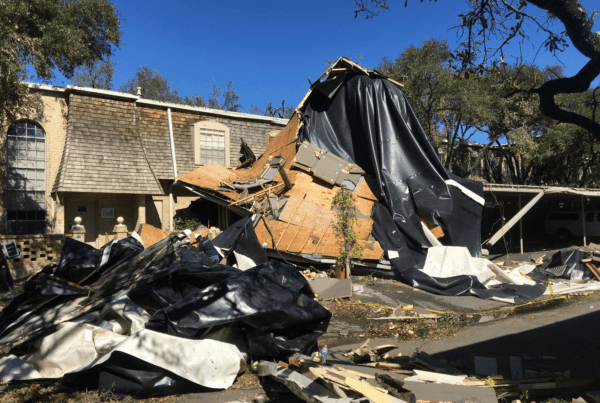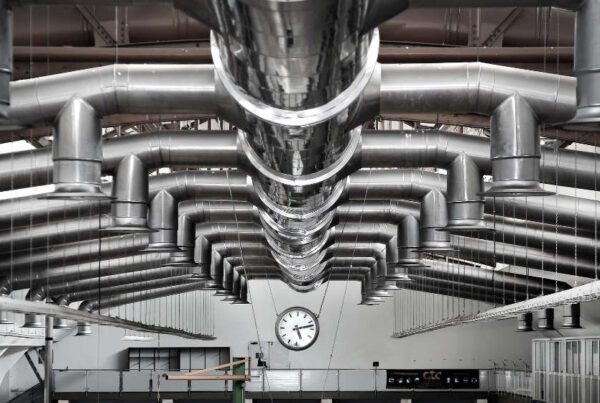The four letter “M” word that many people do not like to talk about, Mold, is a natural part of our environment and has been around since the beginning of time. Mold growth in homes and commercial buildings is an issue that many people encounter, especially in areas of high humidity like the gulf coast states. Molds are a type of fungi that thrive in warm, damp environments and reproduce through tiny spores that are released into the air. When these tiny spores land on a wet organic material (wood, drywall, particles found in carpet, paper, fabrics, etc.) they begin digesting and growing rapidly in order to survive.
While mold is a natural part of the environment and plays a crucial role in breaking down organic materials outdoors, it becomes a problem when it begins to grow inside of homes and buildings. One of the questions we get asked frequently is, “I think I have a mold problem, can you take care of this situation?” The short answer is yes, but only after the proper steps have been taken. Below are the typical steps of a mold remediation process.
- Step 1: Hire a Mold Assessment Consultant – Mold Assessment Consultants have the certifications and licenses to come to your property and identify if you have a mold problem. When they are on-site, they will take samples to help identify the mold and determine if remediation is required.
- Step 2: Mold Protocol development – if the Mold Assessment Consultant finds that mold remediation is necessary, they will develop a mold protocol. This document is a details plan that outlines the specific items required to safely remove the mold and remediate the home or building.
- Step 3: Hire a licensed Mold Remediation Contractor – it is important to hire a licensed Mold Remediation Contractor to perform the remediation as they have the knowledge and understanding of all the Texas Mold Regulations. An easy way to search for a contractor is on the Texas Department of Licensing and Regulation website, as any company with an active license will appear in their database.
- Step 4: Scope of Work – the Mold Remediation Contractor will develop a scope of work based on the protocol developed by the Mold Assessment Consultant. This scope of work will act as a guide for everything that will take place during the remediation. It will detail what type of PPE will be used, what materials will be cleaned or removed, and where the containment barrier will be located. It will also include what type of chemicals and equipment to be used.
- Step 5: Testing – upon completion of the scope of work the Mold Assessment Consultant will come back on-site and take samples to ensure that the protocol was followed to remediate the mold. The Mold Assessment Consultant will give final clearance as long as the samples meet the clearance criteria.
Once clearance is achieved the property owner will receive a certificate of mold damage remediation. This certificate will state that the contamination was remediated and that the underlying cause of the mold was addressed. Until next time my friends, be prepared and stay safe.
Reference: “What is Mold” by United States Environmental Protection Agency





